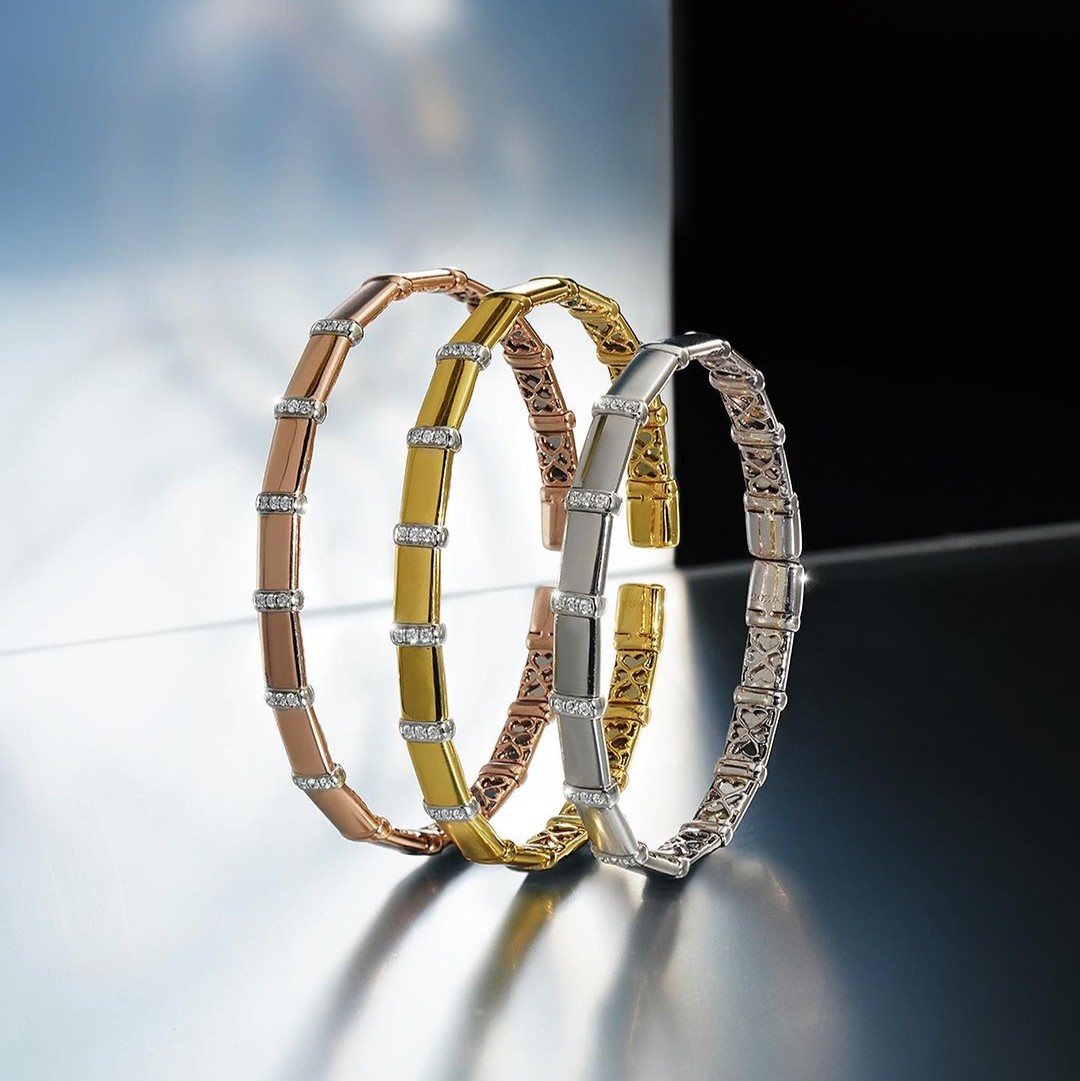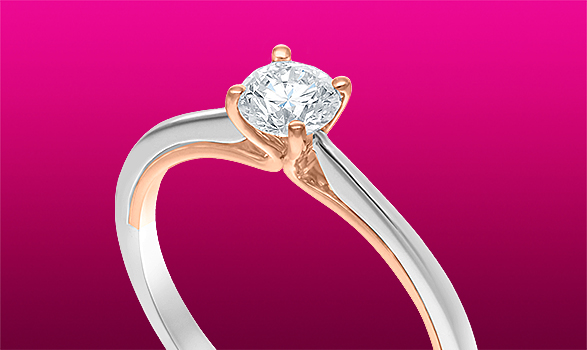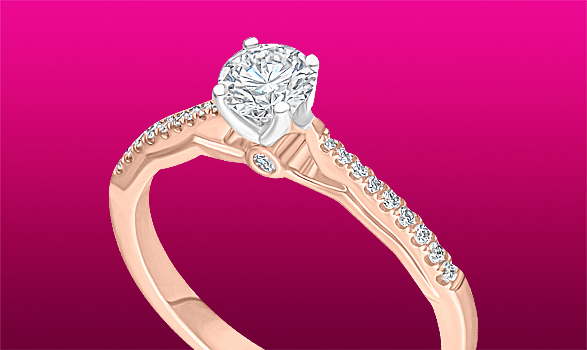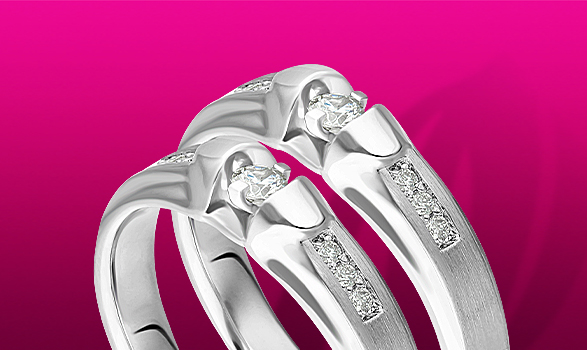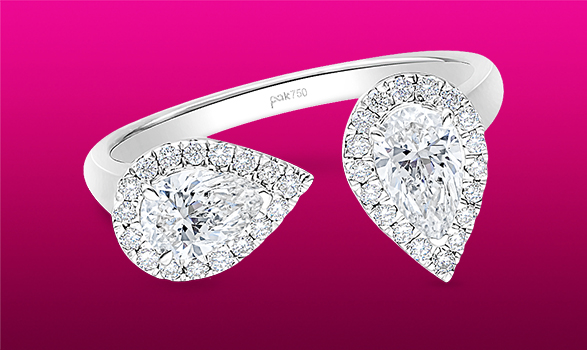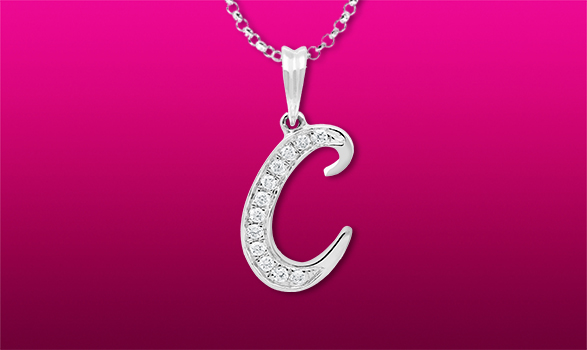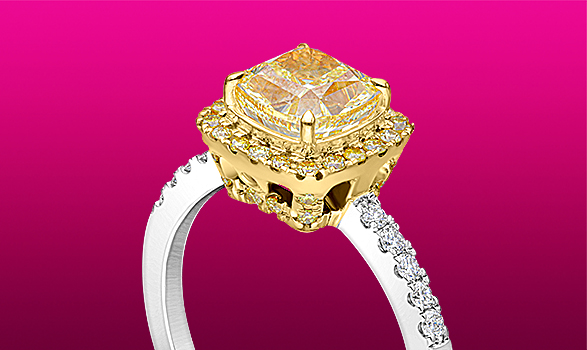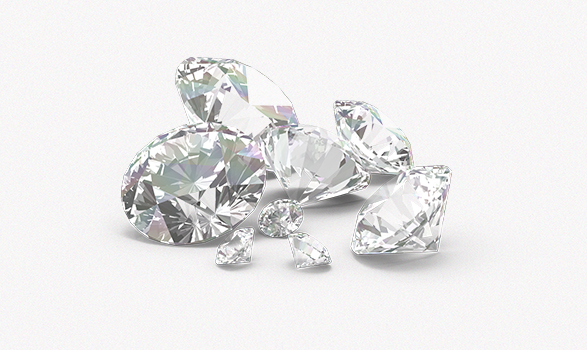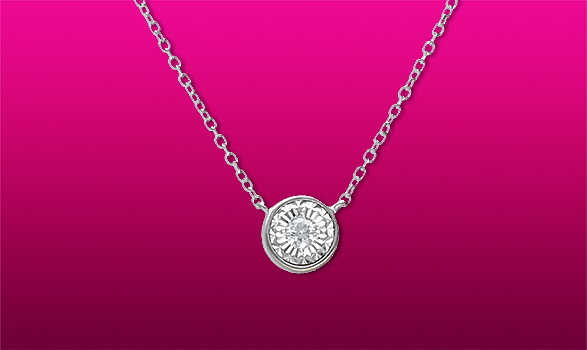Metal Education, A Guide to Find Your Perfect Jewelry
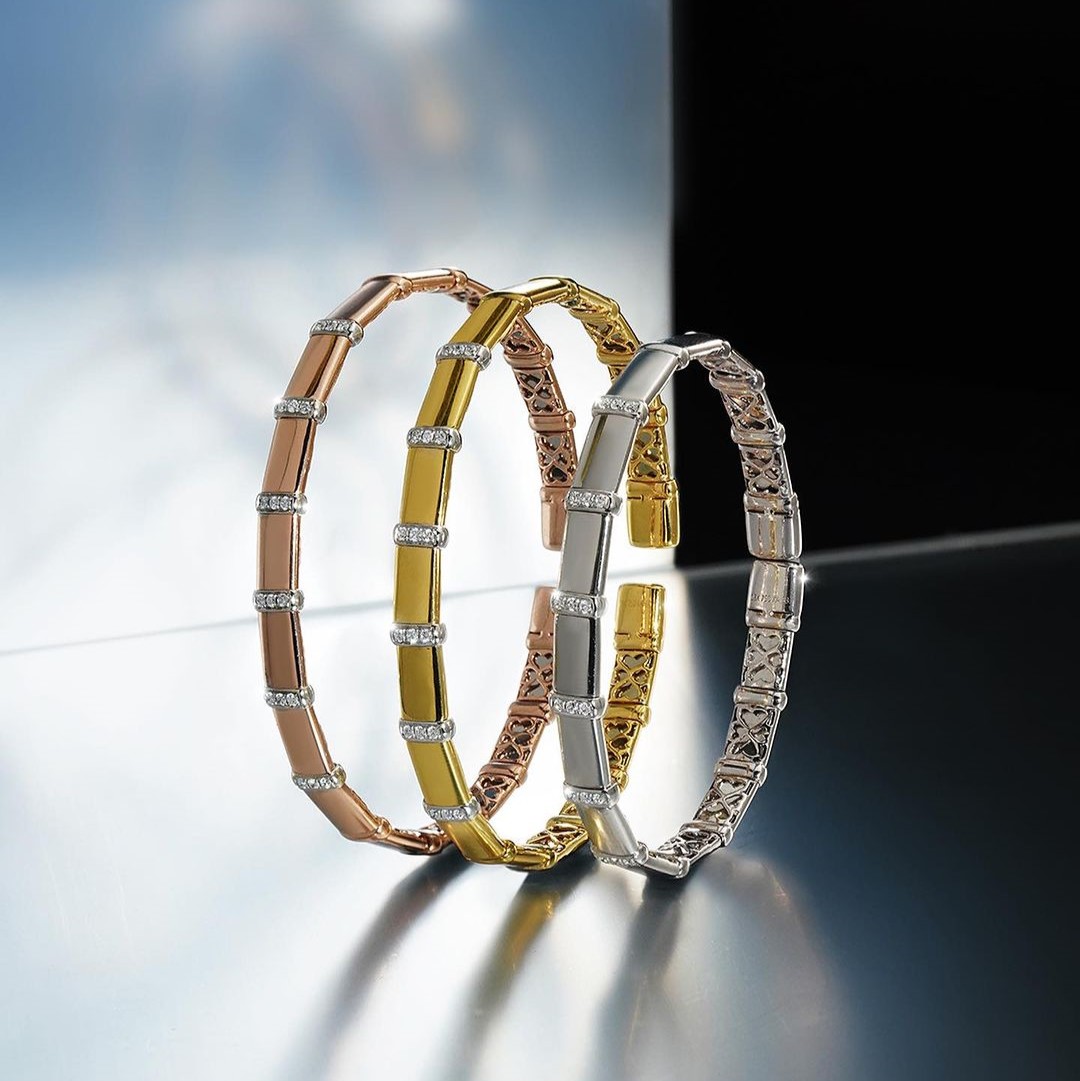
Metal is one of the essential elements in jewelry, whether for its appearance, strength, or luster. Understanding the strengths and weaknesses of various metals commonly used in jewelry making will help you choose the right metal for your perfect jewelry.
1. Gold
Gold is the most common metal used in jewelry. Being the least reactive and non-oxidizing metal, gold will never rust or tarnish, making it an extremely popular choice for jewelry. However, pure gold is very soft and malleable. Therefore, in the jewelry-making process, it is often alloyed with other metals to increase hardness and achieve various effects, such as color.
The purity of gold is measured in karats. Gold with 24 karats (24k) has a purity of 100%, while gold in jewelry typically has an 18-karat purity, considered the optimal gold content for jewelry by experts.
Gold Color
As mentioned earlier, combining gold with other metals like silver, copper, zinc, and various alloys results in different colors. Generally, three well-known and widely used gold colors in jewelry making are yellow gold, white gold, and rose gold.
Yellow gold, the most popular and timeless gold color in the production of gold jewelry, is typically alloyed with silver and copper. This results in various shades of yellow, ranging from soft yellow to bright yellow.
Rose gold, a variant that has gained significant popularity in recent times, is created with a mixture of gold, copper, and sometimes silver. This gold variation has a warm, pinkish hue and is often described as romantic.
On the other hand, white gold is a blend of gold, palladium, nickel, and silver. White gold is usually harder than yellow gold, highly reflective, and tarnish-resistant.
Gold Price
The pricing of gold can vary depending on its form, weight, and karat purity. Raw gold is typically priced based on its weight and karat purity. In contrast, gold in the form of jewelry has a highly variable price influenced by factors such as weight, karat purity, the model and design of the jewelry, also the brand.
2. Silver
Silver is a precious metal renowned for its lustrous white color. Harder than gold, it has been utilized for thousands of years in various applications, including jewelry, utensils, and currency. As a precious metal used in jewelry, silver possesses the advantage of being the brightest reflector and can be polished to achieve a very high sheen.
Despite being known as a relatively hard metal, silver still needs to be alloyed with harder metals when used. Consequently, you will encounter purity levels in silver. In contrast to gold, which uses the term 'karat,' silver purity is expressed in parts per thousand. The most well-known and widely used purity level for silver is 925 points (92.5% pure silver), often referred to as sterling silver 925.
3. Platinum
Platinum is an extremely rare metal found only in a few locations, namely the Merensky Reef in South Africa, the Ural Mountains in Russia, and some small mines in the United States and Canada. Possessing strong and dense characteristics, platinum is not only suitable for jewelry but also for laboratory equipment, electrical contacts, and various other applications. Obtaining platinum is a highly challenging and time-consuming process, taking approximately five months to extract just a single ounce of the metal.
In the realm of jewelry, platinum is typically part of an alloy group that includes six heavy metals such as platinum, palladium, osmium, iridium, and rhodium. Therefore, platinum also has a purity level expressed similarly to silver, in parts per thousand.
Currently, platinum is highly popular and widely used in jewelry, albeit with a higher price tag compared to gold. However, its density can make it feel heavier when worn.
How to Find the Best Type of Metal for Your Jewelry?
Gold is one of the most widely used metals in jewelry making. This metal usually comes in various colors and karats. The karat content in gold jewelry is typically represented by 3 numbers, such as 375 for 9 carat gold jewelry, 585 for 14 carat gold, 750 for 18 carat gold, 875 for 21 carat gold, and finally, the gold code 958 for 23 carat gold content.
So, which gold karat is best suited for making jewelry, especially diamond jewelry? Although 24 carat gold sounds superior due to its high purity level, pure gold actually has a soft texture and is rarely used in jewelry making.
According to jewelry experts worldwide, 18 carat gold is the ideal purity level for use as a jewelry-making material. This is because 18K gold has the perfect combination to maintain the beautiful shape of jewelry over time.
In terms of durability, 18 carat gold also has better strength, making it capable of holding gemstones like diamonds securely in place. Therefore, Passion Jewelry uses gold with a purity of 75% or 18K as the main material in making diamond jewelry.
This is done to maintain the beauty of the models and designs and enhance your comfort in wearing jewelry, without worrying that the diamonds will come loose and be lost due to the use of less sturdy metals as supports.
Visit Passion Jewelry's jewelry store to find the perfect gold jewelry for yourself or your loved ones. Apart from visiting the store directly, you can also view our jewelry catalog and make purchases online by visiting www.passionjewelry.co.id.
